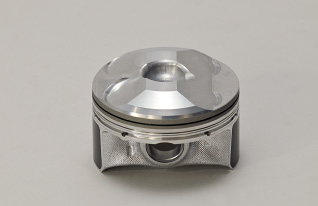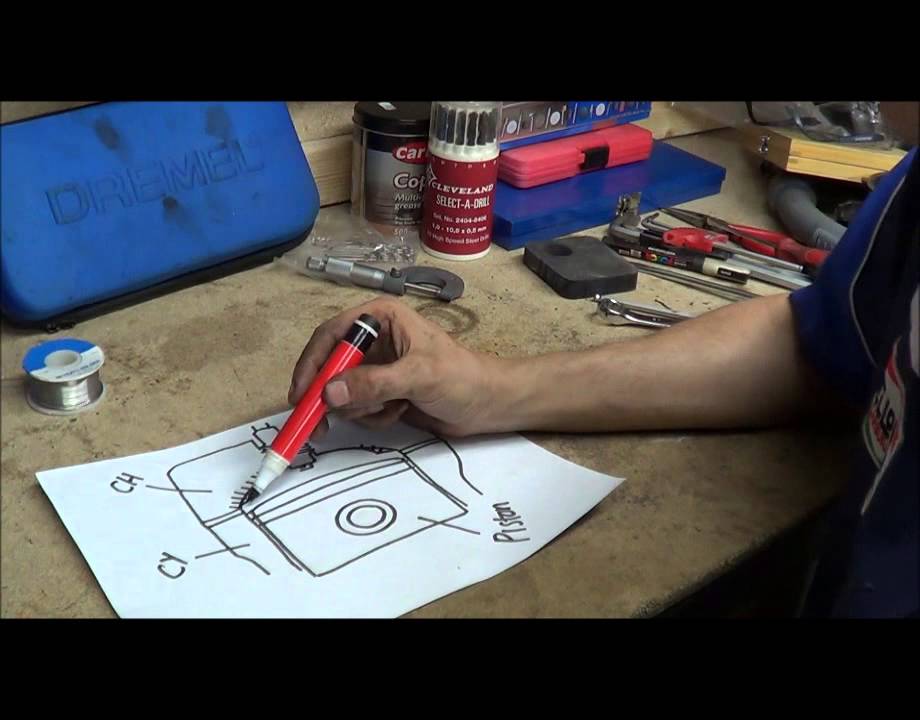Certain types of knowledge can be dangerous (or at least counter productive). The below source of information is for developing this community’s understanding of the squish and burn event at the heart of every internal combustion engine. It is equally applicable to normally aspirated and superchared/turbo charged engines. If there was a time in Daihatsu history that mimics how Cosworth (and Honda) changed how race engines would be changed forever more it was the dropping of the EF-EL with it’s dome (esque) piston. Though the below link is not “Daihatsu”, it will take you beyond the model specific info here which helps in maintaining your engine to provide insight for any internal modifications and subsequent tuning needs. The virtues of tumble as a means of fuel air mixtures inside the cylinder are explained as superior to swirl which was the prevalent idea by most engineers at the time - but not for Cosworth or Honda. Also the flat top of the piston is explained as preferable for limiting heat transfer.
What is left out is an explanation of the squish band.
The further the flame has to travel until combustion is complete the more timing advance is needed. At TDC the pressure is the highest. A straight path for the flame to travel means reduced turbulence and not having to travel past an edge means less hot spots which can result in preignition (once the valves are closed and spark ignites the mixture one wants all energy pushing down on the piston after TDC). Note the evolution of the Hemi, once it had a full hemispherical top, now the central part of the piston to is a reverse dome on the the modern take. An even more radical take on a hemi-reverse dome piston is that used by Mazda in the Skyactiv range of engines. As stated by Mazda, one advantage is that at TDC the flame is concentrated on one spot of the head - little heat loss and energy all pushing down.

As for Daihatsus the best we can often manage should be a flat top piston or one with a shallow dish and an outer edge that is about 0.625mm from contacting the head at TDC.
